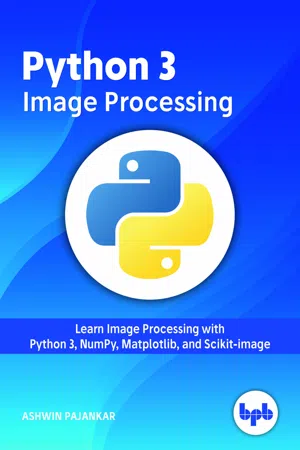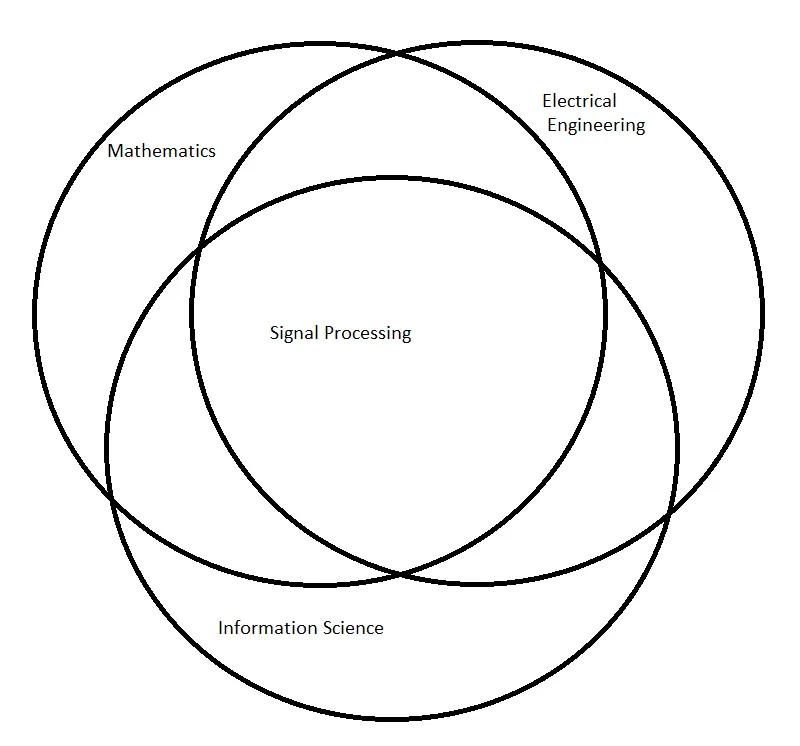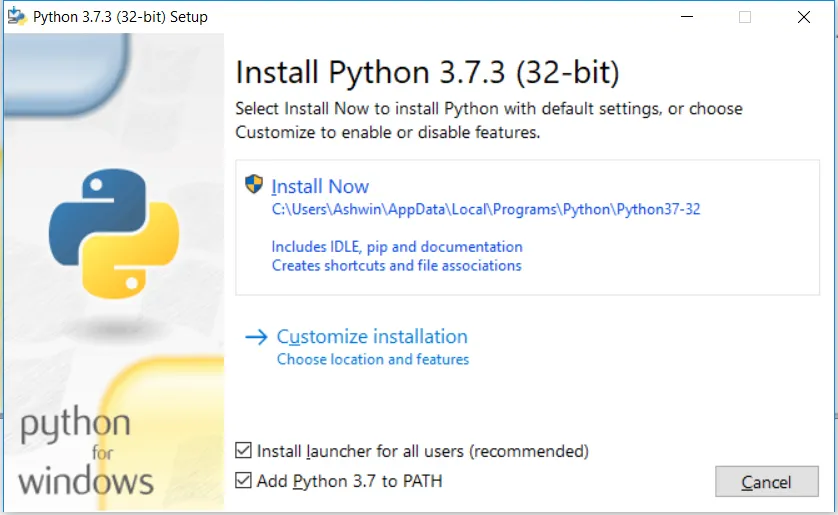
Python 3 Image Processing
Learn Image Processing with Python 3, NumPy, Matplotlib, and Scikit-image
- English
- ePUB (mobile friendly)
- Available on iOS & Android
Python 3 Image Processing
Learn Image Processing with Python 3, NumPy, Matplotlib, and Scikit-image
About This Book
Gain a working knowledge of practical image processing and with scikit-image. Key Features
- Comprehensive coverage of various aspects of scientific Python and concepts in image processing.
- Covers various additional topics such as Raspberry Pi, conda package manager, and Anaconda distribution of Python.
- Simple language, crystal clear approach, and straight forward comprehensible presentation of concepts followed by code examples and output screenshots.
- Adopting user-friendly style for explanation of code examples.
Description
The book has been written in such a way that the concepts are explained in detail, giving adequate emphasis on code examples. To make the topics more comprehensive, screenshots and code samples are furnished extensively throughout the book. The book is conceptualized and written in such a way that the beginner readers will find it very easy to understand the concepts and implement the programs.
The book also features the most current version of Raspberry Pi and associated software with it. This book teaches novice beginners how to write interesting image processing programs with scientific Python ecosystem. The book will also be helpful to experienced professionals to make transition to rewarding careers in scientific Python and computer vision. What Will You Learn
- Raspberry Pi, Python 3 Basics
- Scientific Python Ecosystem
- NumPy and Matplotlib
- Visualization with Matplotlib
- Basic NumPy, Advanced Image Processing with NumPy and Matplotlib
- Getting started with scikit-image
- Thresholding, Histogram Equalization, and Transformations
- Kernels, Convolution, and Filters
- Morphological Operations and Image Restoration
- Noise Removal and Edge Detection
- Advanced Image Processing Operations
Who This Book Is For
- Students pursuing BE/BSc/ME/MSc/BTech/MTech in Computer Science, Electronics, Electrical, and Mathematics
- Python enthusiasts
- Computer Vision and Image Processing professionals
- Anyone fond of tinkering with Raspberry Pi
- Researchers in Computer Vision
-
Table of Contents - Concepts in Image Processing
- Installing Python 3 on Windows
- Introduction to Raspberry Pi
- Python 3 Basics
- Introduction to the Scientific Python Ecosystem
- Introduction to NumPy and Matplotlib
- Visualization with Matplotlib
- Basic Image Processing with NumPy and Matplotlib
- Advanced Image Processing with NumPy and Matplotlib
- Getting Started with Scikit-Image
- Thresholding Histogram Equalization and Transformations
- Kernels, Convolution and Filters
- Morphological Operations and Image Restoration
- Noise Removal and Edge Detection
- Advanced Image Processing Operations
- Wrapping Up
-
About the Author
ASHWIN PAJANKAR is a polymath. He has more than two decades of programming experience. He is a Science Popularizer, a Programmer, a Maker, an Author, and a Youtuber. He is passionate about STEM.
(Science-Technology-Education-Mathematics) education. He is also a freelance software developer and technology trainer. He graduated from IIIT Hyderabad with M.Tech. in Computer Science and Engineering. He has worked in a few multinational corporations including Cisco Systems and Cognizant for more than a decade. His LinkedIn Profile: https://www.linkedin.com/in/ashwinpajankar/
Frequently asked questions
Information
Chapter 1
Concepts in Image Processing
1.1 Signal and Signal Processing

1.2 Images and Image Processing
- Image sharpening and restoration
- Medical image processing
- Remote sensing
- Transmission and encoding of information
- Machine and Robot vision
- Pattern recognition and artificial intelligence
- Video processing
- Astronomy
- Computer graphics
- Spectroscopy
1.3 Summary
Exercise
Chapter 2
Installing Python 3 on Windows
2.1 Python Website




Table of contents
- Cover
- Python 3 Image Processing
- Copyright
- Dedication
- Preface
- Acknowledgement
- About the Author
- Table of Content
- Chapter 1 : Concepts in Image Processing
- Chapter 2 : Installing Python 3 on Windows
- Chapter 3 : Introduction to Raspberry Pi
- Chapter 4 : Python 3 Basics
- Chapter 5 : Introduction to the Scientific Python Ecosystem
- Chapter 6 : Introduction to NumPy and Matplotlib
- Chapter 7 : Visualization with Matplotlib
- Chapter 8 : Basic Image Processing with NumPy and Matplotlib
- Chapter 9 : Advanced Image Processing with NumPy and Matplotlib
- Chapter 10 : Getting Started with Scikit-Image
- Chapter 11 : Thresholding Histogram Equalization and Transformations
- Chapter 12 : Kernels, Convolution and Filters
- Chapter 13 : Morphological Operations and Image Restoration
- Chapter 14 : Noise Removal and Edge Detection
- Chapter 15 : Advanced Image Processing Operations
- Chapter 16 : Wrapping Up